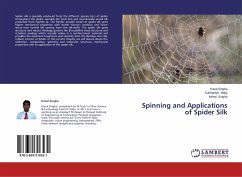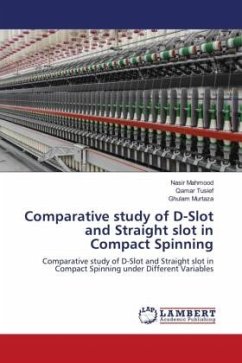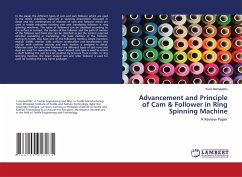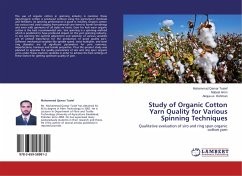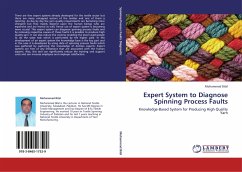Spider silk is specially produced from the different species (sp.) of spider throughout the globe, specially the most fine and mechanically sound silk produced from nephila sp. The fibriller parallel model of spider silk gives higher mechanical properties with better Young s modulus and lower stress than normal silk coming from the silk-moth. The spider silk gene structure and viscous rheology governs the -crystalline sheet structure and -helices analogy which actually makes it a reinforcement material and provides the maximum toughness and elasticity than the Bombyx mori silk, rubber, twaron or Kevlar. In this current chapter we will discuss about the collection, composition, spinning and molecular structure, mechanical properties with its application of the spider silk.
Bitte wählen Sie Ihr Anliegen aus.
Rechnungen
Retourenschein anfordern
Bestellstatus
Storno

